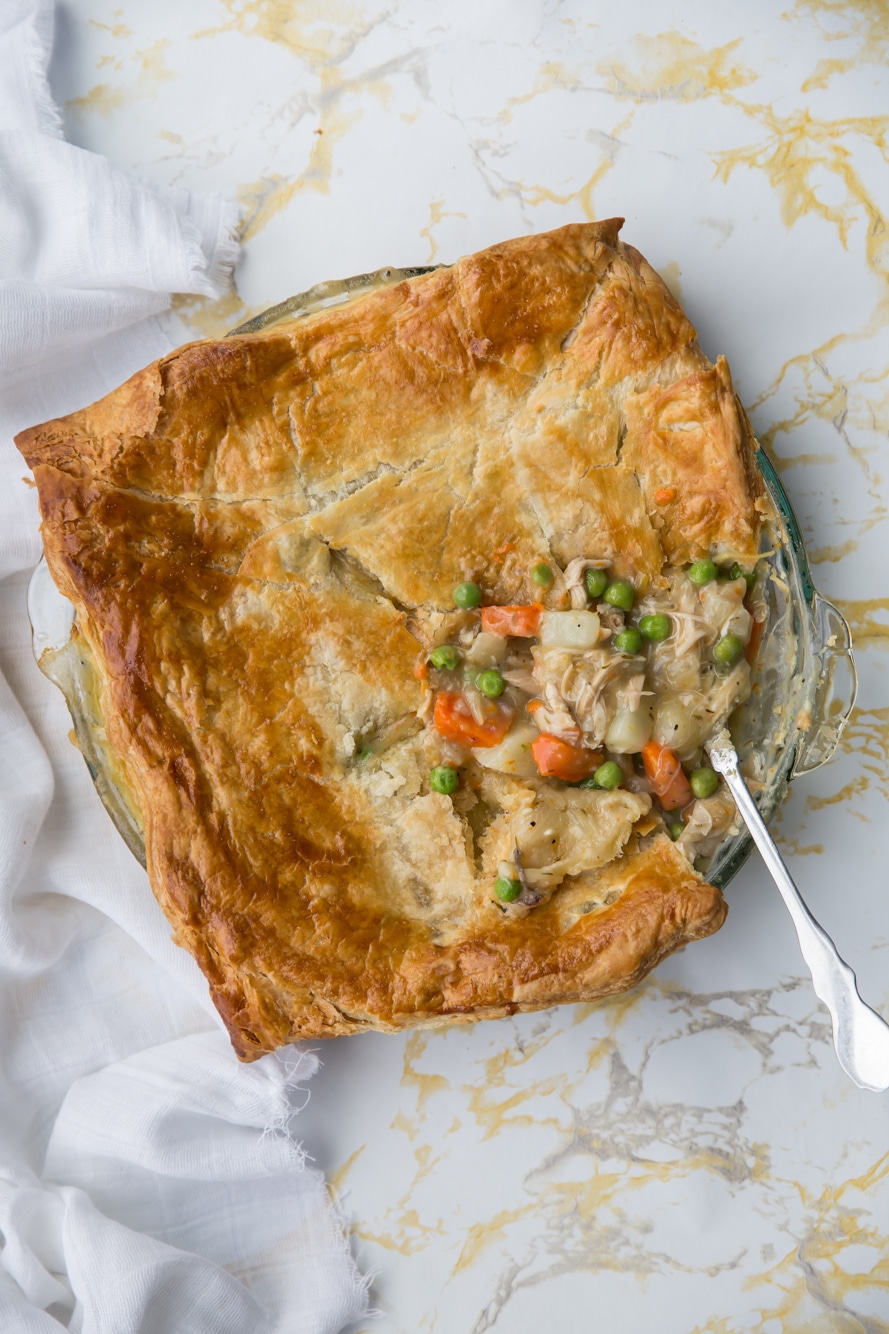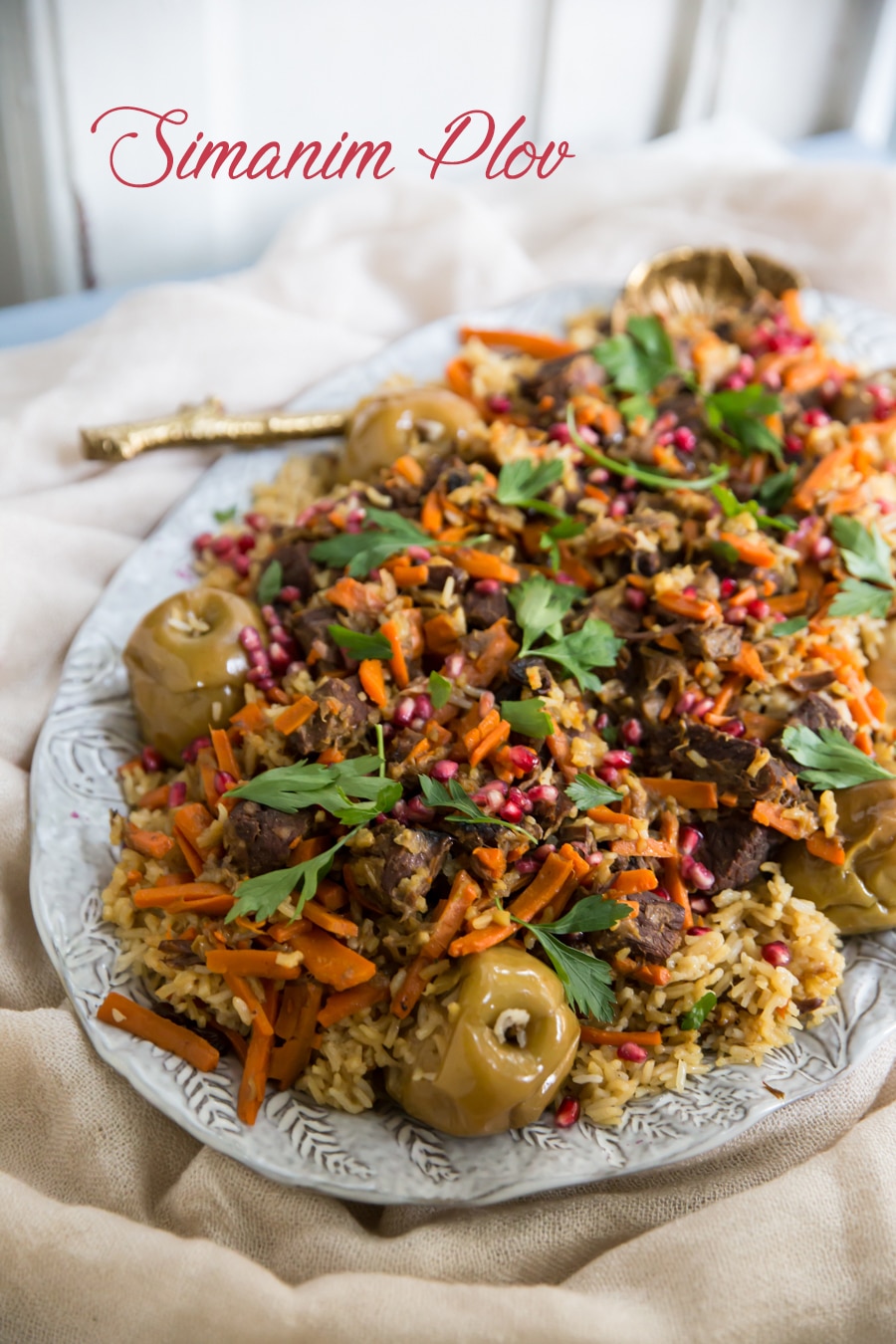
I’ve been working on so many recipes for #yeswecanchag initiative including this sheet pan chicken and tzimmes, this 6-spice Moroccan stoup, and this Israeli couscous with beef. My fellow bloggers and I also got together and created THIS MENU of bonus budget-friendly recipes! I hope these recipes help you scale down your cooking this Chag while still bringing showstopping dishes to the table!
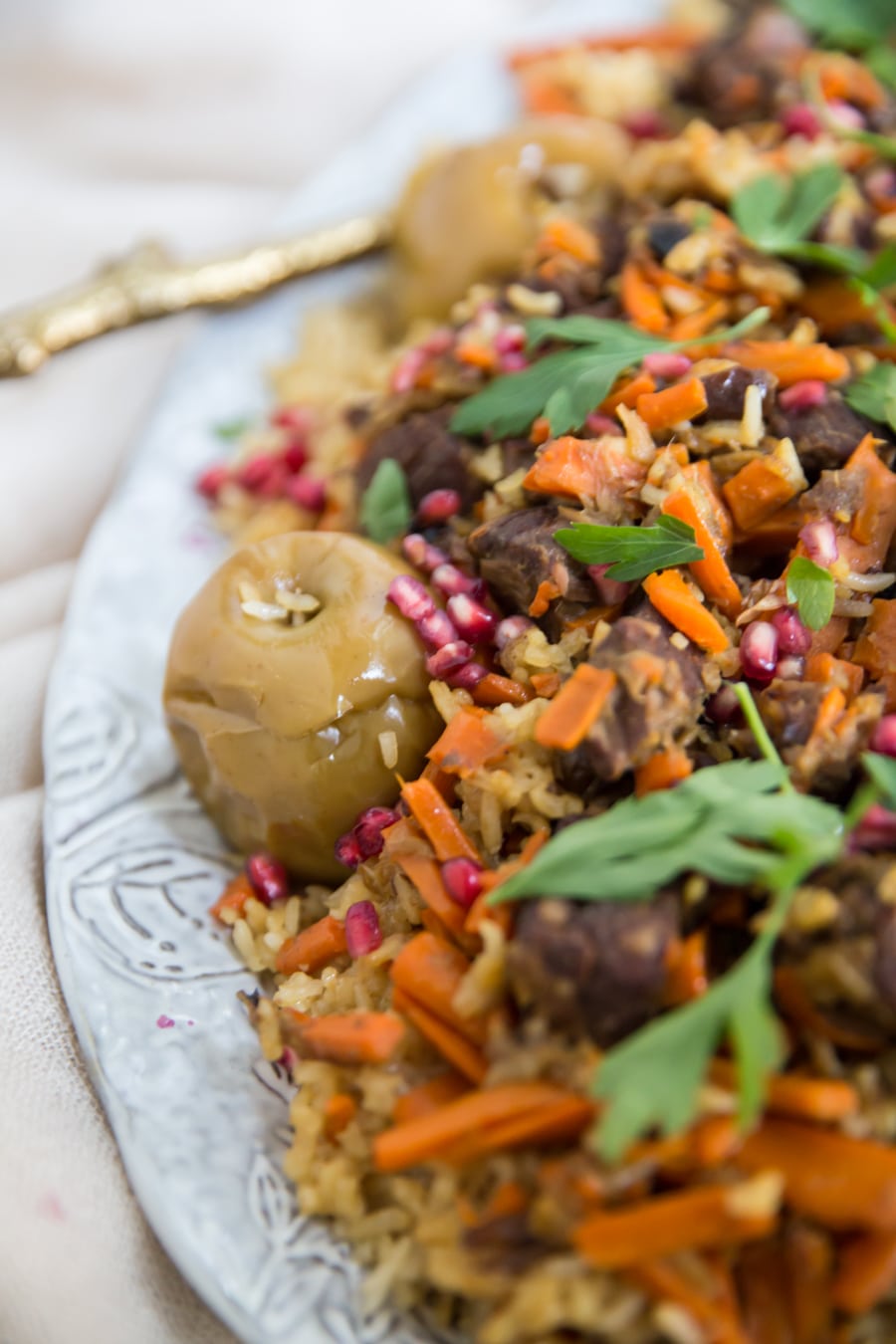
A few weeks ago, I traveled to Denver, Colorado to host a cheese-board-building demonstration at The Jewish Experience 20th annual wine & cheese event. The event was set up beautifully, and they even served my Mile High S’mores Pie in the Mile High City to celebrate, how fun?!
Since the demonstration was late in the week, I stayed in Denver for Shabbos at the home of Rabbi & Mrs. Zeldy Engel of Chabad Cherry Creek. Zeldy was so warm and welcoming, and she happily took me around the neighborhood hot spots, even driving out to Red Rocks for a breathtaking and scenic view of the mountains.
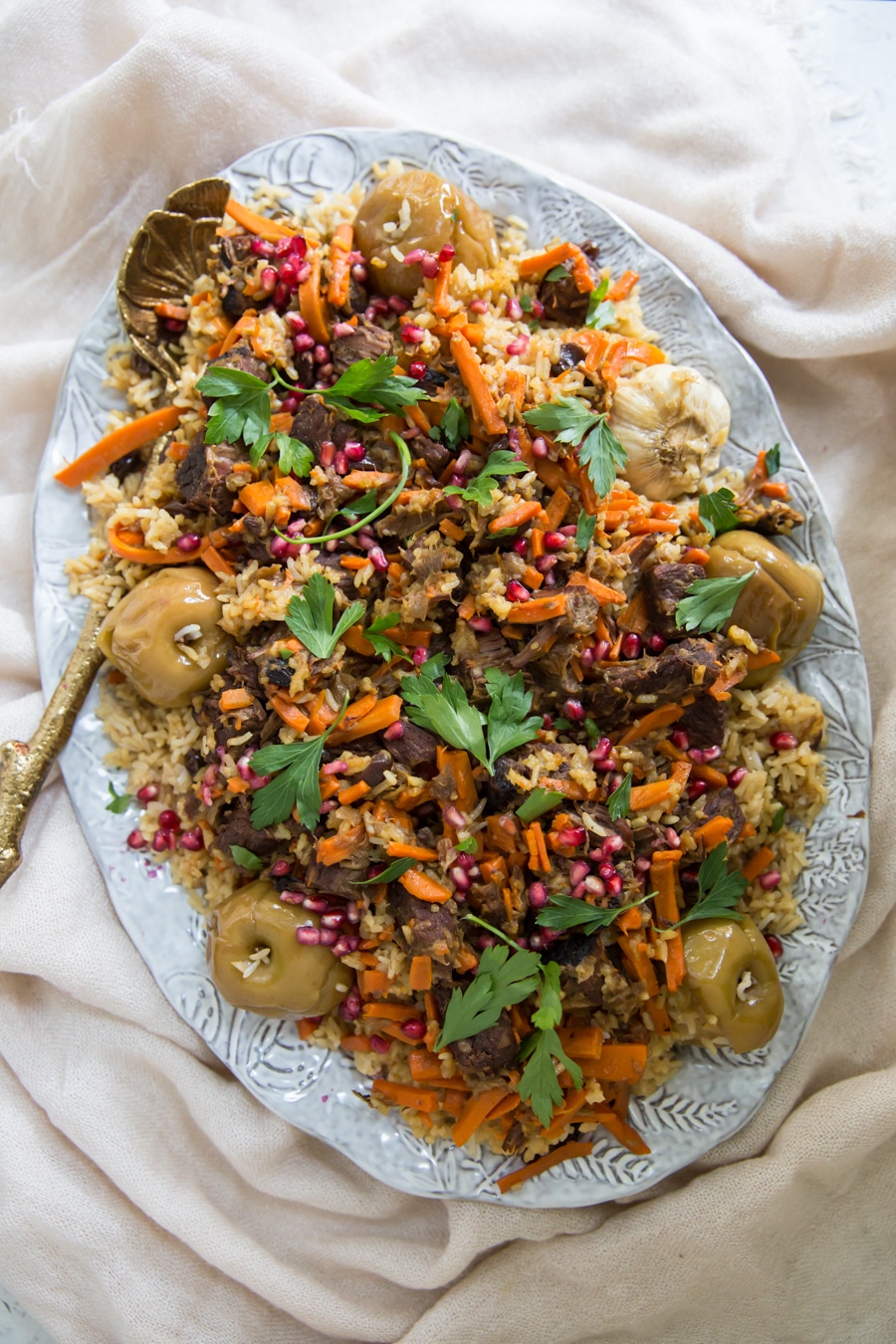
Zeldy prepared many of my cookbook recipes from her well-worn copy of Millennial Kosher and her sister’s recipe for Moroccan fish that smelled like actual heaven. But the star of the Friday night meal was PLOV. Zeldy hosted two Bucharian sisters, Aliza and Sharona, who came over earlier in the day to prepare this labor-intensive dish. By Friday night, the smell was intoxicating, and the huge pot was painstakingly transferred onto a huge round platter in middle of the table. Not only was the dish beautiful, it’s flavor was absolutely mindblowing – savory, spicy, with a hint of sweetness from the carrots and heat from the jalapenos. As I was eating it, my mind started wandering in a million directions on how I could “trash it up” (as I like to say!) and put my own spin on it. Wish Rosh Hashanah approaching, I thought it would be a great idea to incorporate some of the simanim, or symoblic foods that we eat on Rosh Hashanah, so I replaced the onions with leeks, and the jalapenos with apples, and finished it off with pomegranate seeds for a colorful one-pot-meal worthy of your holiday table. Yes. We. Can. Chag!
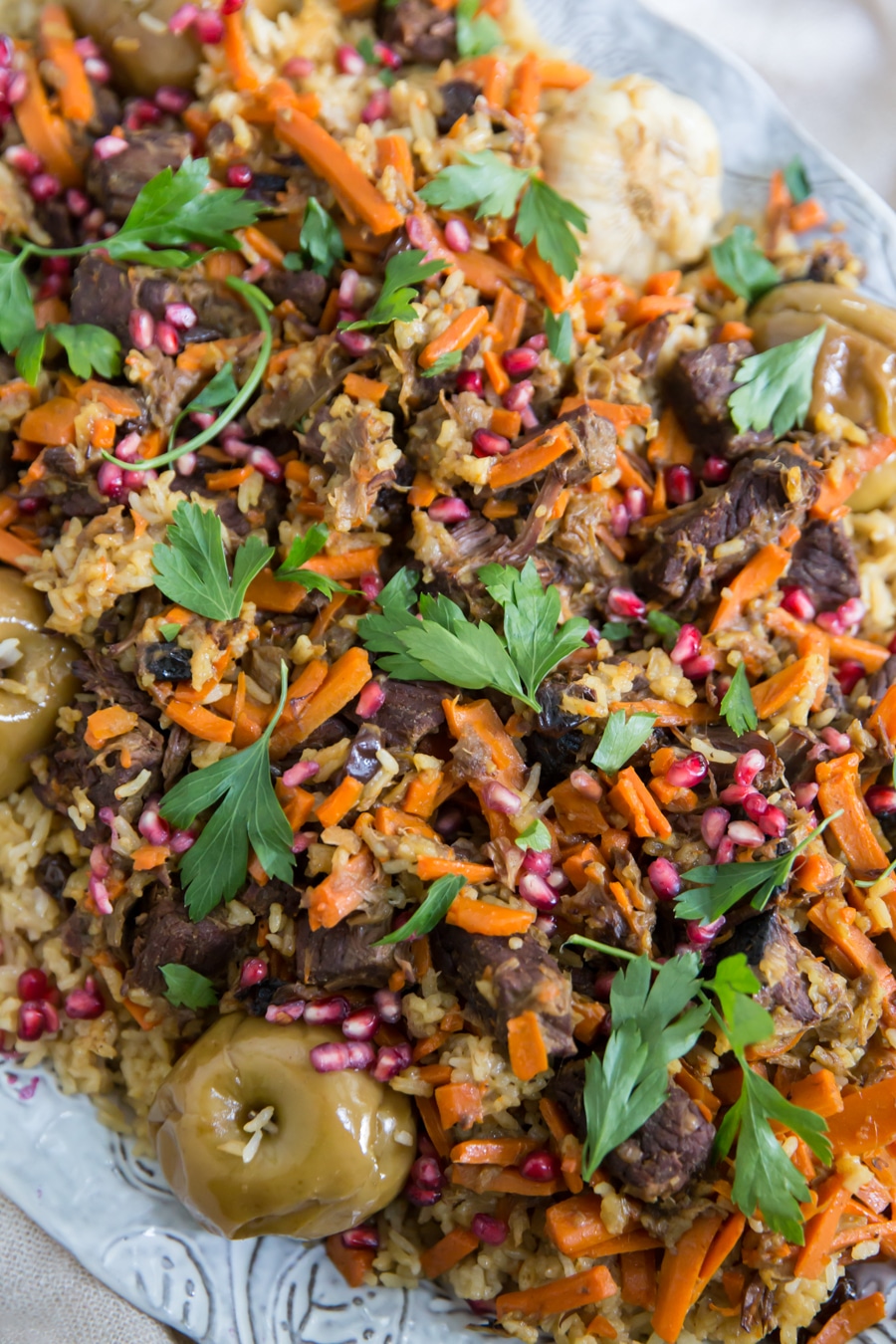
Simanim Plov
6 tablespoons light olive oil
3 large leeks, white and pale green parts only, sliced
2 1/2 lbs. beef stew, short ribs, flanken or cut of choice
salt and pepper, to taste
3 cups rice
2 lbs. carrots, julienned into thick strips
3 tbsp cumin seeds (may sub with ground cumin)
1 cup raisins
1 head garlic
5 small apples
2-3 whole jalapenos, optional
2 tsp kosher salt
pomegranate seeds and parsley, for garnish
In a large nonstick pot (see note), heat the oil. Add the leeks and sauté until deeply caramelized, about 30 minutes. Add the beef, season with salt and pepper, and sear on all sides, about 25 minutes. Cover the meat completely with water, bring the mixture to a simmer, cover the pot and cook for 2 hours, until the meat is very soft and tender. Add more water, if needed so that the meat remains submerged.
When the meat is done cooking, place the rice in a large bowl and cover with boiling water by 2 inches. Cover the rice and set aside to soak.
Spread the carrots around over the meat in an even layer. Sprinkle with cumin seeds and raisins. Sprinkle with ground pepper. Nestle the head of garlic, apples and jalapenos, if using, into the mixture.
Strain the rice in a colander and return it to the bowl. Mix with 2 teaspoons of salt and add the rice to the pot so that it full covers the layers in one even coating. Using the back of a wooden spoon, poke deep holes (about 10 of them) into the rice so that steam and liquid can escape and cover the pot. Cook over medium-high heat for the first 20 minutes, stirring the layer of rice every 10 minutes and poking holes into it (only the rice, don’t stir the layers beneath it), replacing the lid immediately after stirring. Lower the heat to medium and continue to cook the rice for another 10-20 minutes, stirring again every 10 minutes until it’s fluffy and cooked through. If there doesn’t seem to be enough liquid in the pot, and an additional cup or two, as needed.
Remove the lid and cover the pot with a kitchen towel, and cover again with the lid to steam for 10 minutes.
When ready to serve, transfer the rice onto a large platter, place the apples around the rice, then mix the remaining ingredients in the pot so they are full incorporated. Spoon the mixture over the rice and garnish with pomegranate seeds and parsley.
NOTES:
It’s best to use a cheap nonstick pot and not a heavy dutch oven when making plov.
The meat portion can be prepared the night before. Refrigerate overnight, then bring to a simmer, making sure that the meat is generously covered with liquid, adding more if necessary. Then continue as above.
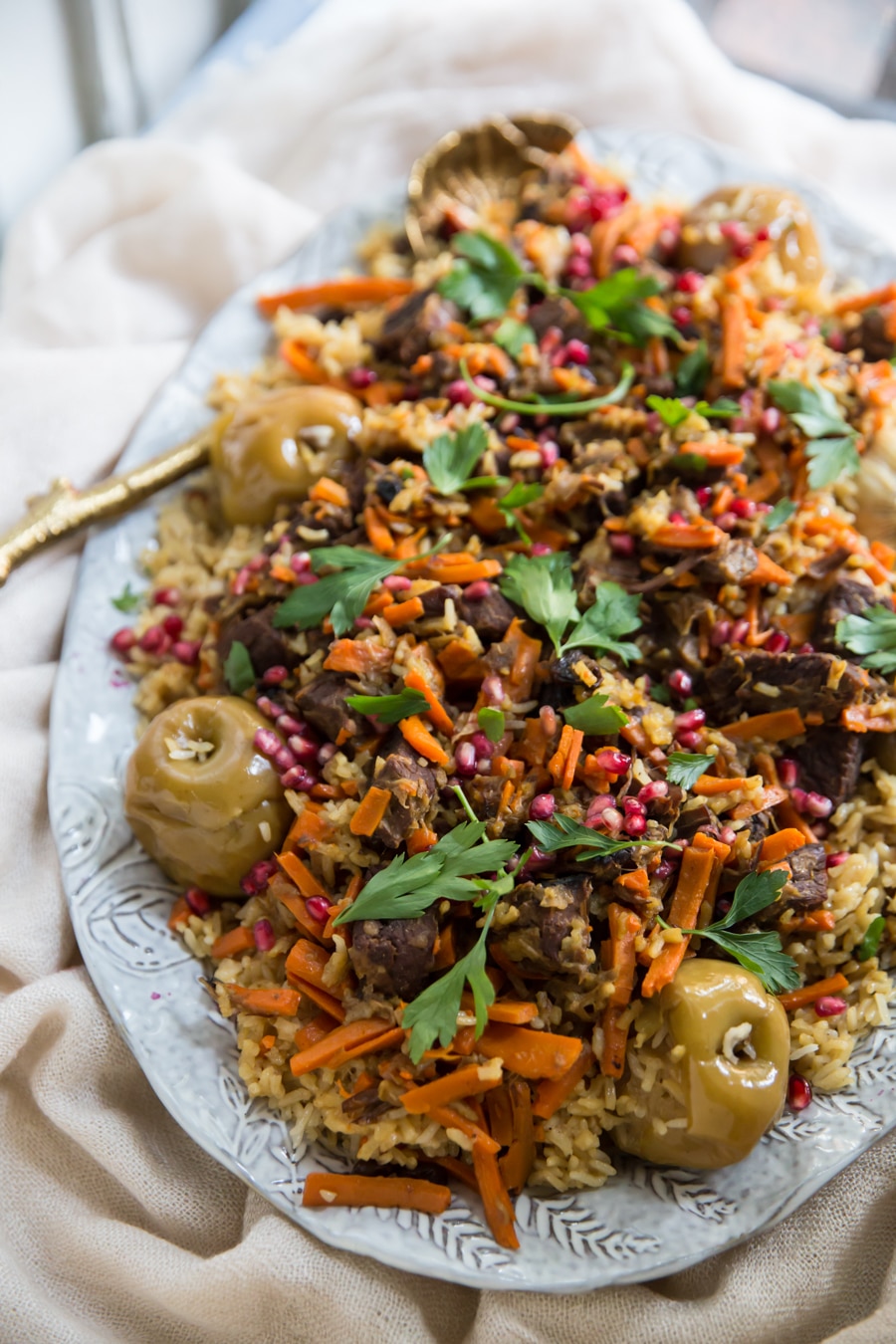
Related Recipes:
hummus simanim
simanim fritto misto
simanim pasta
simanim holiday salad


 sushi nachos, Millennial Kosher, page 68
sushi nachos, Millennial Kosher, page 68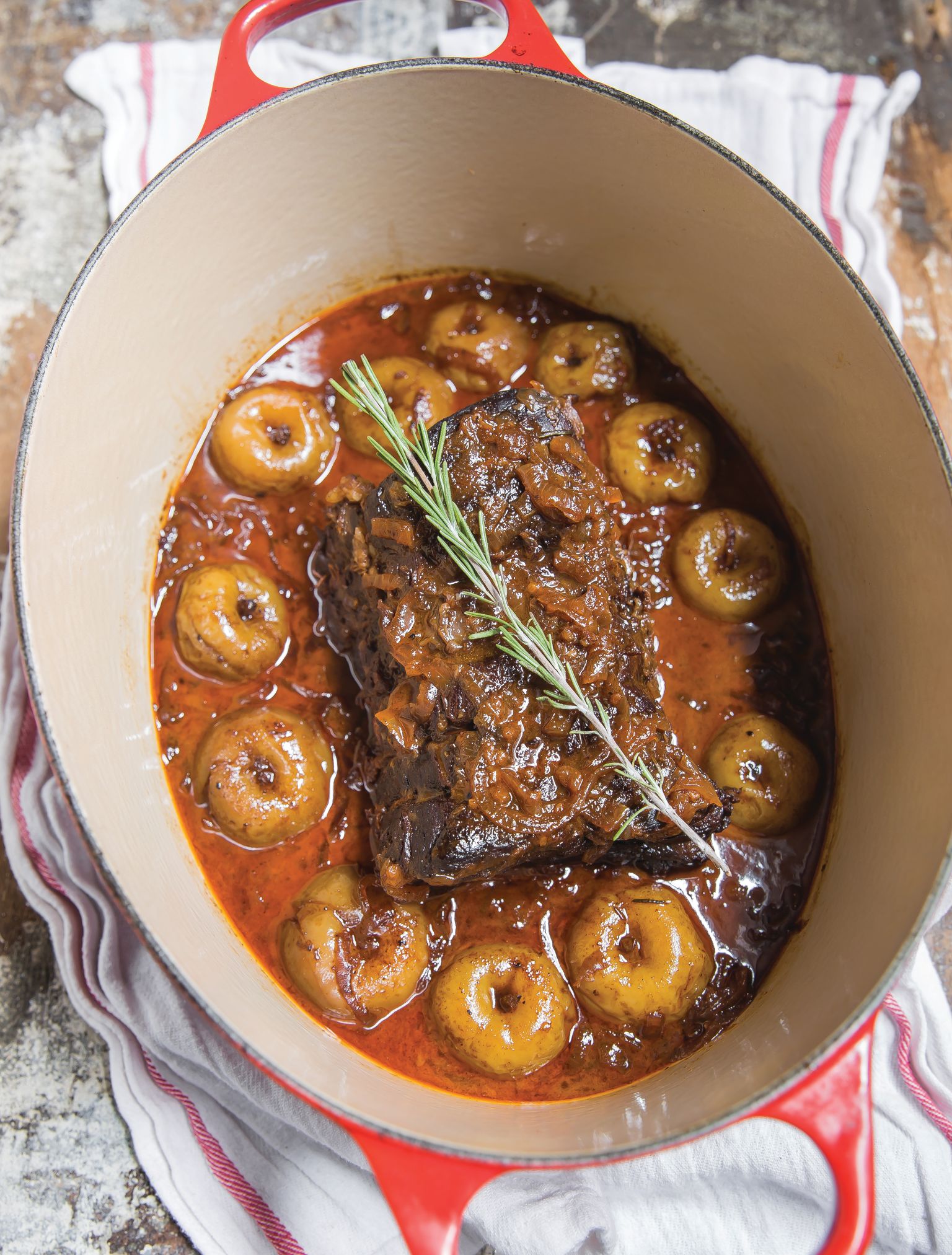 fall harvest roast, Millennial Kosher, page 182
fall harvest roast, Millennial Kosher, page 182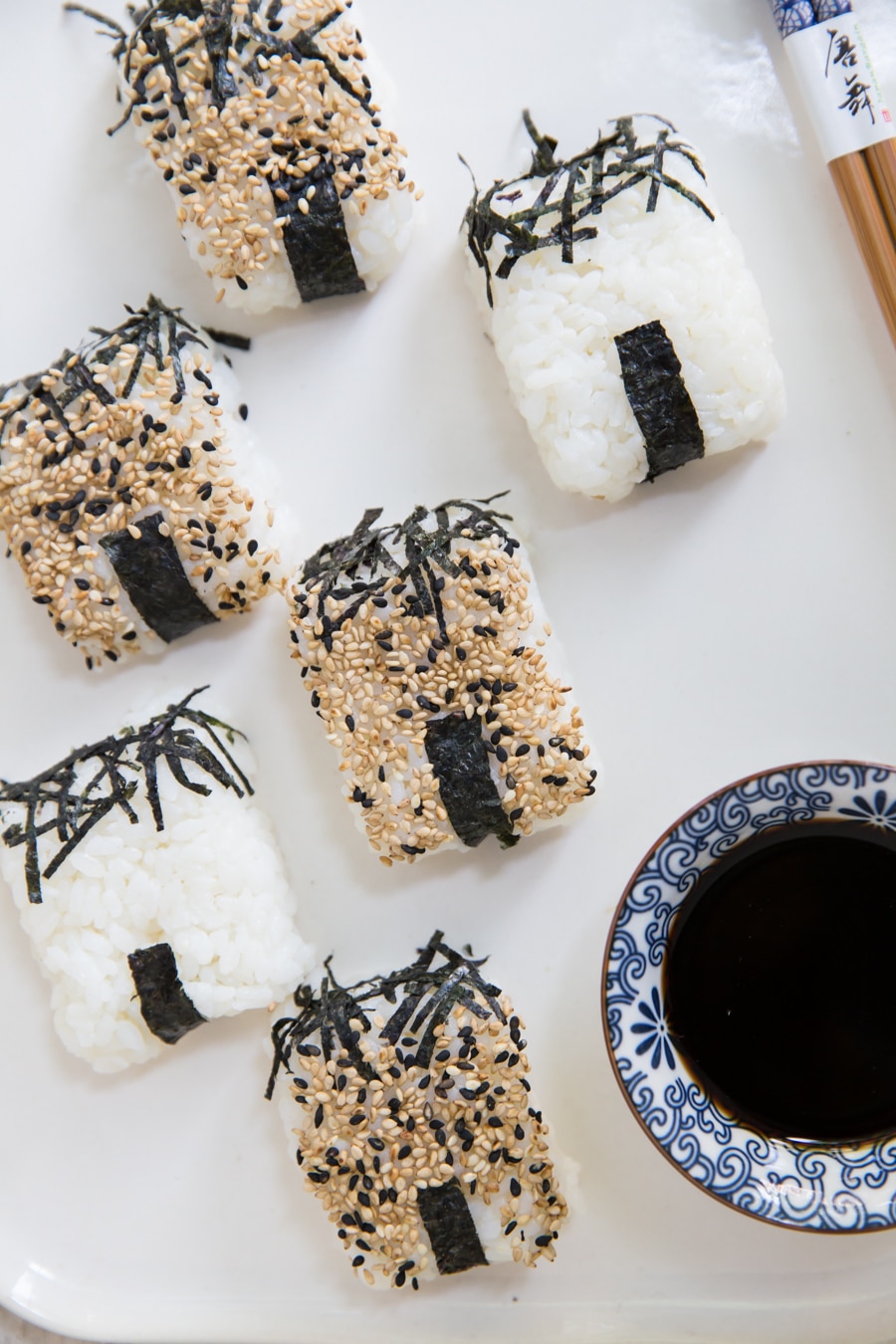
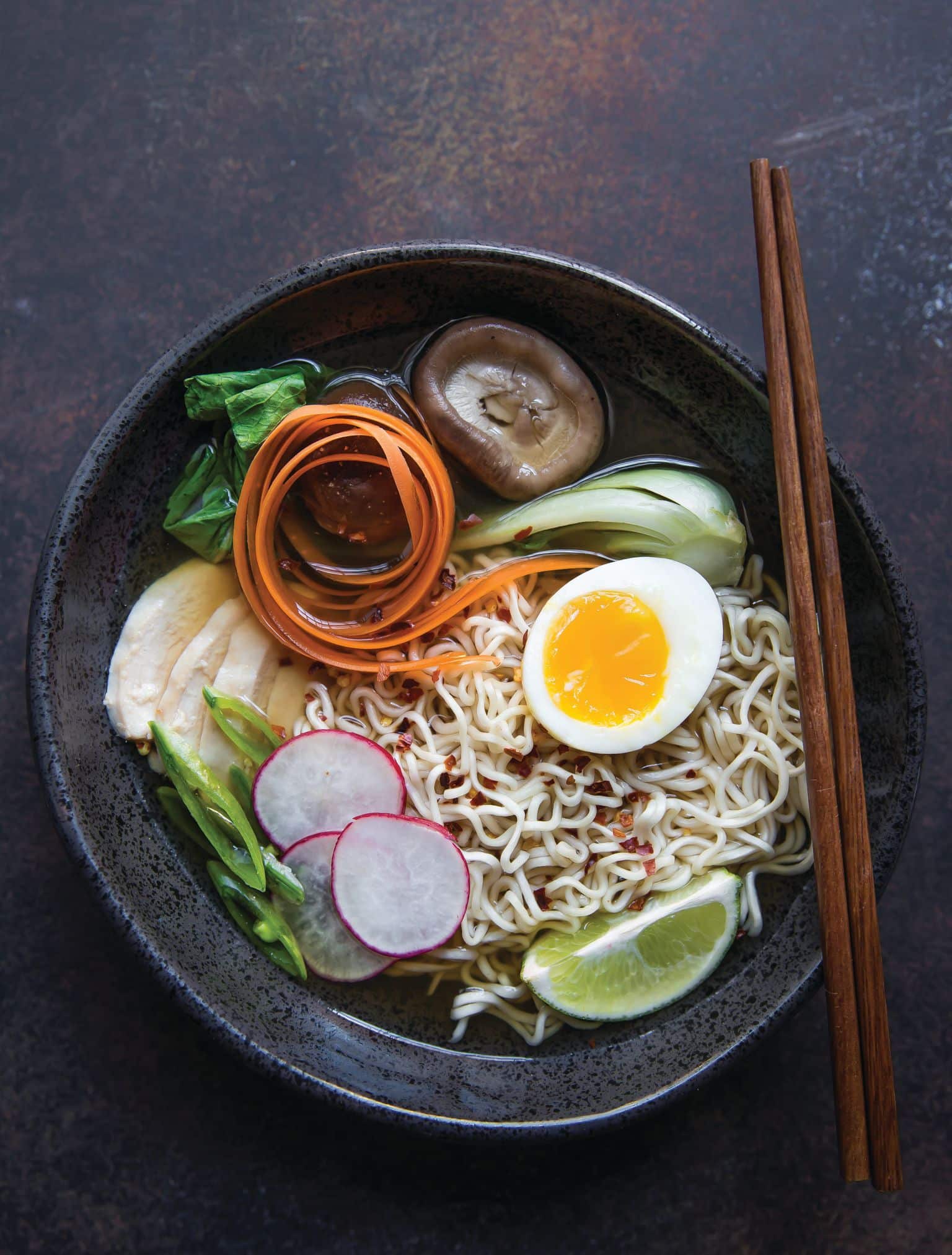 ramen bowls, Millennial Kosher, page 182
ramen bowls, Millennial Kosher, page 182